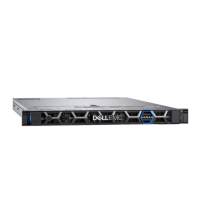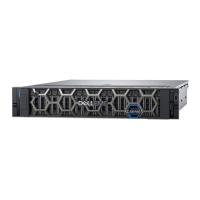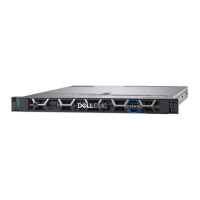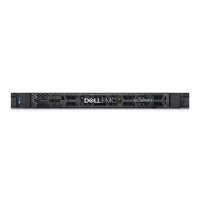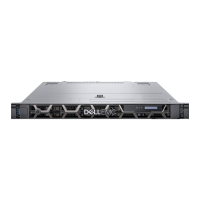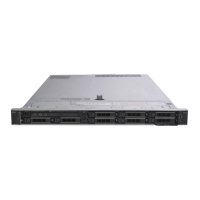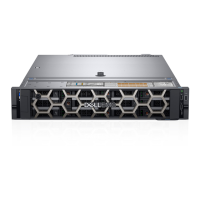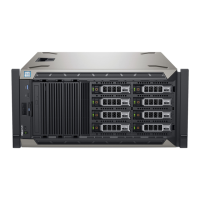Typographical conventions
Dell EMC uses the following type style conventions in this document:
Bold Used for names of interface elements, such as names of windows, dialog boxes, buttons, fields,
tab names, key names, and menu paths (what the user specifically selects or clicks)
Italic
Used for full titles of publications referenced in text
Monospace
Used for:
l
System code
l
System output, such as an error message or script
l
Pathnames, filenames, prompts, and syntax
l
Commands and options
Monospace italic
Used for variables
Monospace bold
Used for user input
[ ] Square brackets enclose optional values
| Vertical bar indicates alternate selections - the bar means “or”
{ } Braces enclose content that the user must specify, such as x or y or z
... Ellipses indicate nonessential information omitted from the example
Hardware and operating systems
Ensure that all hardware is assembled as described in the
VxFlex Ready Node Hardware Installation Guide
.
Unless otherwise specified in this guide, install the operating system in the server's BOSS device and configure the IP
addresses.
Supported operating systems and requirements
The following is a list of supported operating systems and additional requirements for this version of VxFlex OS on
VxFlex Ready Node servers.
For the most updated information, see the
Dell EMC VxFlex Ready Node Firmware and Driver Matrix
at https://
support.emc.com/products/42216_ScaleIO-Ready-Node--PowerEdge-14G.
VxFlex Ready Node R640 and R740xd
Table 1
Linux
Component Requirement
Supported OS versions
l
RHEL 7.3, 7.5, 7.6
l
SLES 12.2, 12.3, 12.4
l
Oracle Linux 7.5, 7.6 with Red Hat Kernels
Required packages, all Linux distributions numactl
libaio
VxFlex Ready Node deployment overview
10 VxFlex Ready Node Operating System Installation Guide for Linux
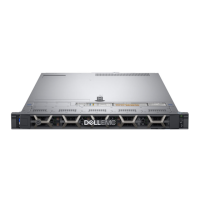
